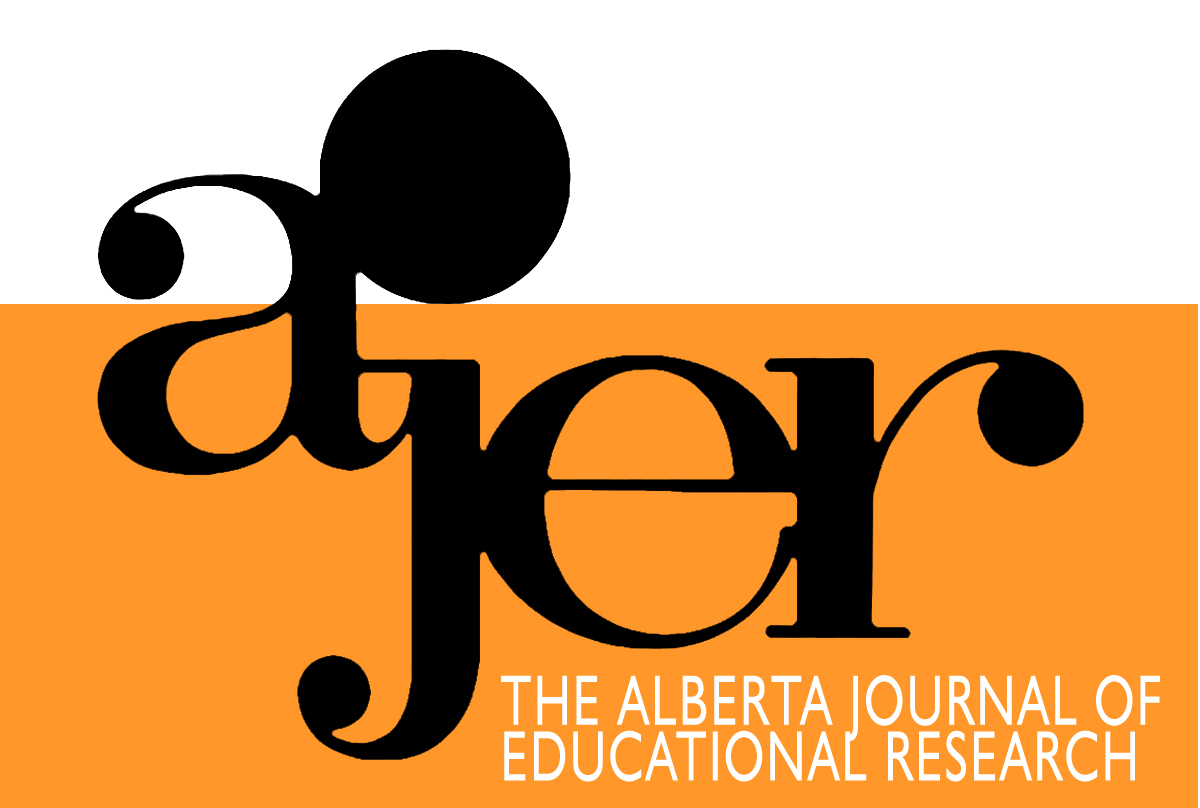Cost-Effectiveness of Comprehensive School Reform in Low Achieving Schools
DOI:
https://doi.org/10.55016/ojs/ajer.v58i1.55561Keywords:
literacy, costs, benefits, cost-effectivenessAbstract
We evaluated the cost-effectiveness of Struggling Schools, a user-generated approach to Comprehensive School Reform implemented in 100 low achieving schools serving disadvantaged students in a Canadian province. The results show that while Struggling Schools had a statistically significant positive effect on Grade 3 Reading achievement, d=.48 in 2005-06 and .60 in 2006-07, the program was not cost-effective when compared to two alternatives:1. The cost of bringing one student to the provincial achievement standard was more than 25% higher in Struggling Schools than in the status quo.
2. The cost-effectiveness ratio (i.e., effect size per $1,000 of incremental cost) was lower in Struggling Schools than in Success For All.
Struggling Schools would have been deemed to be cost-effective if different choices had been made, especially in (a) the calculation of costs (e.g., the inclusion of donated time), (b) the decision rules for declaring cost-effectiveness, and (c) the studies used to access comparative data.
---
Nous avons évalué le rapport cout-efficacité du programme Struggling Schools (écoles en difficulté), une approche générée par l'utilisateur à la réforme d'ensemble des écoles mise en œuvre dans 100 écoles peu performantes desservant des élèves défavorisés dans une province canadienne. Les résultats indiquent que si l'effet du programme Struggling Schools sur le rendement en lecture en 3e année était statistiquement significatif et positif (d= 0,48 en 2005-06 et 0,60 en 2006-07), son rapport cout-efficacité n'était pas aussi intéressant que celui des deux alternatives suivantes:
1. Le cout de rehausser le rendement d'un élève pour qu'il atteigne le standard provincial était plus élevé de 25% avec Struggling Schools par rapport au statut quo.
2. Le rapport cout-efficacité (c.-à-d. l'effet par 1 000$ de cout différentiel) du programme Struggling Schools était plus bas que celui du programme Success for All.
Le programme Struggling Schools aurait été jugé rentable si on avait choisi autrement, notamment par rapport (a) au calcul des couts (par ex. l'inclusion de la main d'œuvre à titre gratuit), (b) aux règlements portant sur les décisions quant aux critères de rentabilité, et (c) aux études employées pour accéder aux données de comparaison.
Downloads
Downloads
How to Cite
Issue
Section
License
UNIVERSITY OF ALBERTA COPYRIGHT LICENSE AND PUBLICATION AGREEMENT
If accepted, authors will be asked to sign a copyright agreement with the following points:
A. Where there is any inconsistency between this Copyright License and Publication Agreement and any other document or agreement in relation to the same subject matter, the terms of this Agreement shall govern.
B. This document sets out the rights you are granting in relation to publication of your article, book review, or research note entitled (the “Article”) through inclusion in the academic journal titled Alberta Journal of Educational Research (the “Journal”) published through the Faculty of Education, representing the Governors of the University of Alberta (the “Journal Editor”).
C. There will be no payment to you for this publication and grant of rights. In consideration of the agreement to publish the Article in the Journal:
1. You are warranting that:
- the content of the Article is your original work, and its content does not contain any material infringing the copyright of others; or, where the Article is not entirely your original work, you have obtained all necessary permissions in writing to grant the rights you are giving in this agreement;
- the content of the Article does not contain any material that is defamatory of, or violates the privacy rights of, or discloses the confidential information of, any other person;
- the Article has not been published elsewhere in whole or in part, and you will not allow publication of the Article elsewhere without the consent of the Journal Editor;
- the names of all co-authors and contributors to the Article are:
2. You agree to license the copyright in the Article to the Journal Editor, on a worldwide, perpetual, royalty free basis; and to the extent required by the terms of this agreement. You shall retain the right at all times to be acknowledged as the/an author of the Article.
3. You further agree that the Journal Editor has the entitlement to deal with the Article as the Journal Editor sees fit, and including in the following manner;
- The right to print, publish, market, communicate and distribute the Article and the Journal, in this and any subsequent editions, in all media (including electronic media), in all languages, and in all territories, ing the full term of copyright, and including any form of the Article separated from the Journal, such as in a database, abstract, offprint, translation or otherwise, and to authorize third parties to do so;
- The right to register copyright of the Journal;
- The right to edit the Article, to conform to editorial policy as the Journal Editor sees fit.
4. If any co-author or contributor to the Article does not sign this agreement, the Journal Editor reserves the right to refuse to publish the Article.



